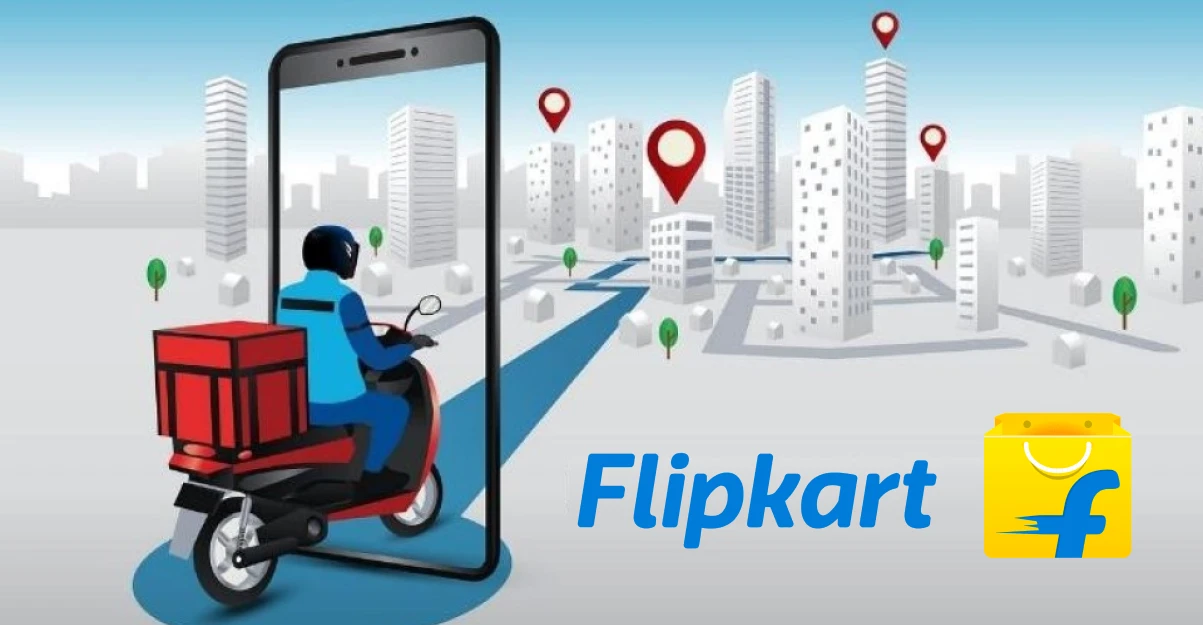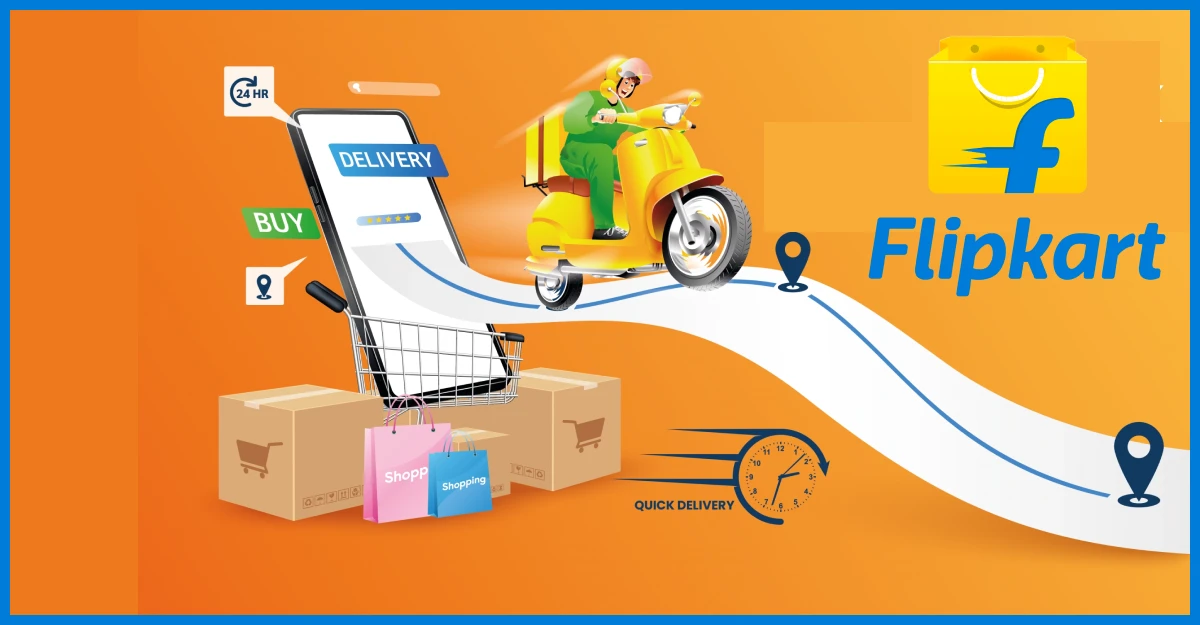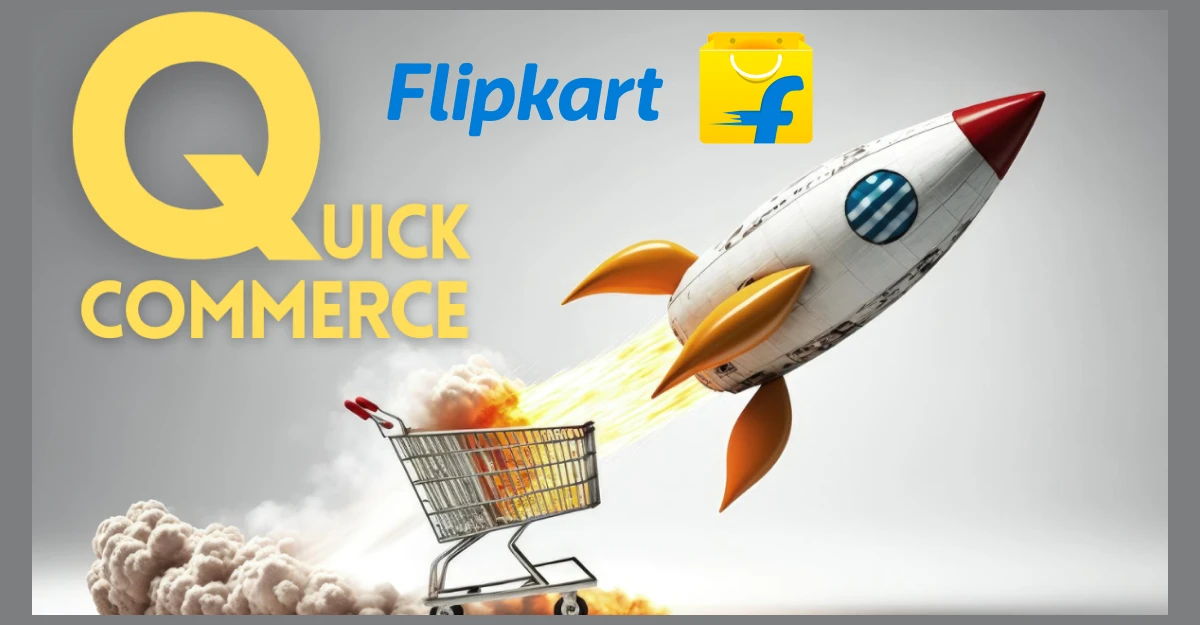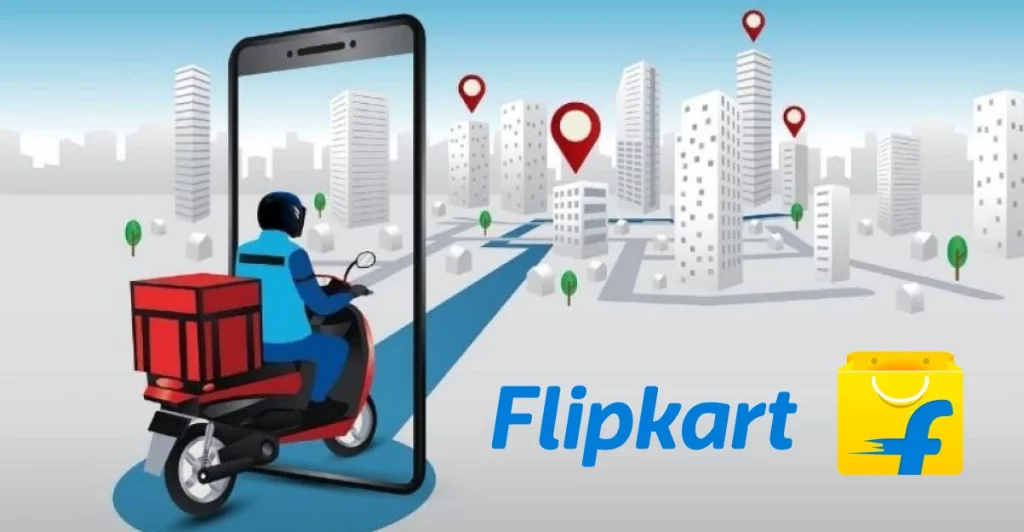The Indian quick commerce industry is all set to welcome a new member i.e. Flipkart! And this news leads to tons of queries in the minds of folks viz.—
Flipkart is already doing great in the e-commerce sector… then what’s the need to jump into quick commerce? Will this e-commerce giant spend huge bucks to set up dark stores in different cities? How much they’re planning to spend?
And the list of questions goes on and on…

Here comes a mind-blowing fact- Flipkart has a different strategy to compete in quick commerce!
How?
Just go through this article and you’ll find out!
(A) Why Flipkart is introducing Quick Commerce?
Flipkart’s initiative to open a branch into quick commerce is driven by the following reasons-
(A.1) Indians favor Quick Commerce
Unlike Western countries, Indians prefer to buy essential commodities frequently in similar quantities instead of buying everything monthly in bulk. The delivery of those products within a few minutes acts as a cherry on top!
Not only it is cost-effective for us but prevents the wastage of products as well. Guess what? This is the prime reason for the success of quick commerce in India!
(A.2) Sky High Sucess of Quick Commerce Brands
Look at the financial stats of the current successful quick-commerce titans in India-
| Particulars | Swiggy Instamart | Blinkit | Zepto |
| Launch | August 2020 | August 2021 | April 2021 |
| Monthly Order | 4.5 to 5 lakh | 5.5 to 6 lakh | 4.5 to 5 lakh |
| Funding Received | $700 million | $250 million | $560 million |
| Revenue (FY23) | Rs.3,221.4 crore | Rs.724.2 Crore | Rs.2,024 crore |
| Loss | $545 million | Rs.1,190 crore | Rs.1,272 crore |
| Current ARR (Accounting Rate of Return) | $1 billion | $1.3 billion | $800 million |
Ignore the losses for now… but see the whopping revenue earned by all these three entities. The current ARR is also impressive enough to catch the eyes of the investors…
Note: We have already explained the comparison analysis of “Swiggy Instamart vs Blinkit vs Zepto.” You can go through it for detailed information.
(A.3) Quick Commerce will take over E-Commerce
Experts have predicted that quick commerce will eat up a major portion of the e-commerce pie soon! Do you know the net worth of the quick commerce market in India? It is $45 billion! Just look around you- when you need a product urgently and it arrives within a few minutes- isn’t it a great relief?
That’s why people prefer quick commerce. Consequently, quick commerce will outperform e-commerce in the coming years.
Now seeing all these awesome advantages of quick commerce, how could Flipkart resist itself from obtaining these benefits? The company’s recent initiatives, such as same-day delivery in 20 cities and offering flowers and cakes during Valentine’s season, hint at its quick commerce ambitions
Flipkart is launching 10-15 minute delivery in over 12 cities in the next two months. The e-commerce giant plans to offer a wide range of products, focusing on FMCG, groceries, and daily essentials, but also branching out into electronics and fashion categories. It is building a non-conventional chain of dark stores in tier 1 cities including Bangalore, Delhi NCR, and Hyderabad.
Non-conventional? It means an upgraded version of dark stores that Zepto, Swiggy Instamart, and Blinkit currently use.
And this is the different strategy of Flipkart about which we talked earlier! In the next section, we will describe it thoroughly…
(B) What’s Flipkart’s different strategy to compete in the Quick Commerce sector?

Flipkart isn’t following the crowd in the quick commerce game. Flipkart is taking a different route to stand out among competitors like Zomato’s Blinkit, Swiggy Instamart, and Zepto. Here’s how-
(B.1) Using Kirana Stores as Dark Stores
You know, dark stores are the backbone of quick commerce. So, instead of following the trend of setting up new dark stores, Flipkart is innovatively partnering with existing Kirana stores for order fulfillment.
Reason?
These local shops, already deeply ingrained in communities, will serve as Flipkart’s fulfillment centers. Why reinvent the wheel when you can ride along with the tried and tested? These neighborhood stores will now serve as dual-purpose fulfillment centers for Flipkart’s quick commerce operations.
(B.2) Equipping Kirana Stores with Technology
To ensure seamless operations, Flipkart will provide technological support to these Kirana stores. Hence, they’ll be able to handle orders swiftly, meeting your demands at lightning speed.
This strategic move not only optimizes resources but also utilizes the familiarity and accessibility of Kirana stores in Indian neighborhoods.
(B.3) Impact on Quick Commerce Landscape
Flipkart’s shift towards utilizing Kirana stores has the potential to reshape the quick commerce landscape in India. Analysts predict that India may leap directly from unorganized retail (represented by Kirana stores) to quick commerce, driven by the similarities between the two models.
(B.4) Sector Growth and Market Projections
India’s retail landscape is evolving, and quick commerce is leading the charge. With rapid growth, it has already captured approximately 8% of the e-commerce market. Experts foresee that by FY29, quick commerce could gobble up a whopping 20% of the market. Flipkart’s bold initiative isn’t just about today, it’s shaping tomorrow’s shopping experience.
You can say that using unconventional dark stores is not just a strategy. it’s a game-changer!
(C) Upcoming Challenges for Flipkart’s Venture into Quick Commerce?

Let’s go through the challenges that Flipkart will face in its quick commerce journey-
- Competition Check: Flipkart is stepping into a crowded arena, facing off against seasoned players like Blinkit, Swiggy Instamart, and Zepto. The challenge? Standing out in a market where competition is fierce and constantly evolving.
- Counting Costs: Quick deliveries come at a price—literally. Flipkart must tackle the high costs associated with lightning-fast service, from labor to logistics. Balancing speed with profitability is a delicate dance.
- Regulatory Roadblocks: Diving through the maze of regulations is no small feat. Flipkart must ensure compliance with labor laws, data privacy rules, and competition regulations, adding complexity to its quick commerce venture.
- Operational Efficiency: Well, efficiency is the name of the game. Flipkart needs seamless systems, streamlined processes, and top-notch logistics to pull off lightning-quick deliveries while keeping customers happy.
- Meeting Sky-High Expectations: Customers want it fast, and they want it now. Flipkart must consistently meet sky-high delivery expectations, even during peak demand periods, to keep customers coming back for more.
- Last Mile Hustle: The final stretch—the last mile—is where the rubber meets the road. Flipkart faces challenges like traffic snarls and unpredictable weather that can throw a wrench in delivery plans.
- Quality Control: Speed is crucial, but so is quality. Flipkart must ensure that products arrive in good condition, avoiding slip-ups that could sour the customer experience.
- Protecting the Brand: One wrong move can tarnish Flipkart’s hard-earned reputation. Maintaining high standards in quick commerce is essential to safeguarding its brand image.
- Sustainability: While the quick commerce market is booming, sustainability remains a concern. Players like Dunzo (backed by Reliance and Google) have stumbled, highlighting the challenges of staying afloat in this competitive landscape.
Despite the hurdles, the future looks bright for quick commerce in India. With a massive addressable market and resilient players like Blinkit and Instamart, the stage is set for Flipkart to make its mark in this burgeoning sector.
(D) Ending Note
Quick commerce might not sound exciting at first, but it’s all about convenience and speed. Imagine getting your groceries or daily essentials delivered in just 10-15 minutes! It’s like having a mini-store at your doorstep whenever you need something urgently. Plus, Flipkart’s entry into this space could shake things up and lead to even faster and more efficient delivery options in the future.
Although there are various challenges, with a massive addressable market, Flipkart’s success rate is high in the quick commerce sector!


This new move by Flipkart is surely exciting to watch!
So Flipkart will compete with Blinkit, Zepto, Swiggy Instamart ???